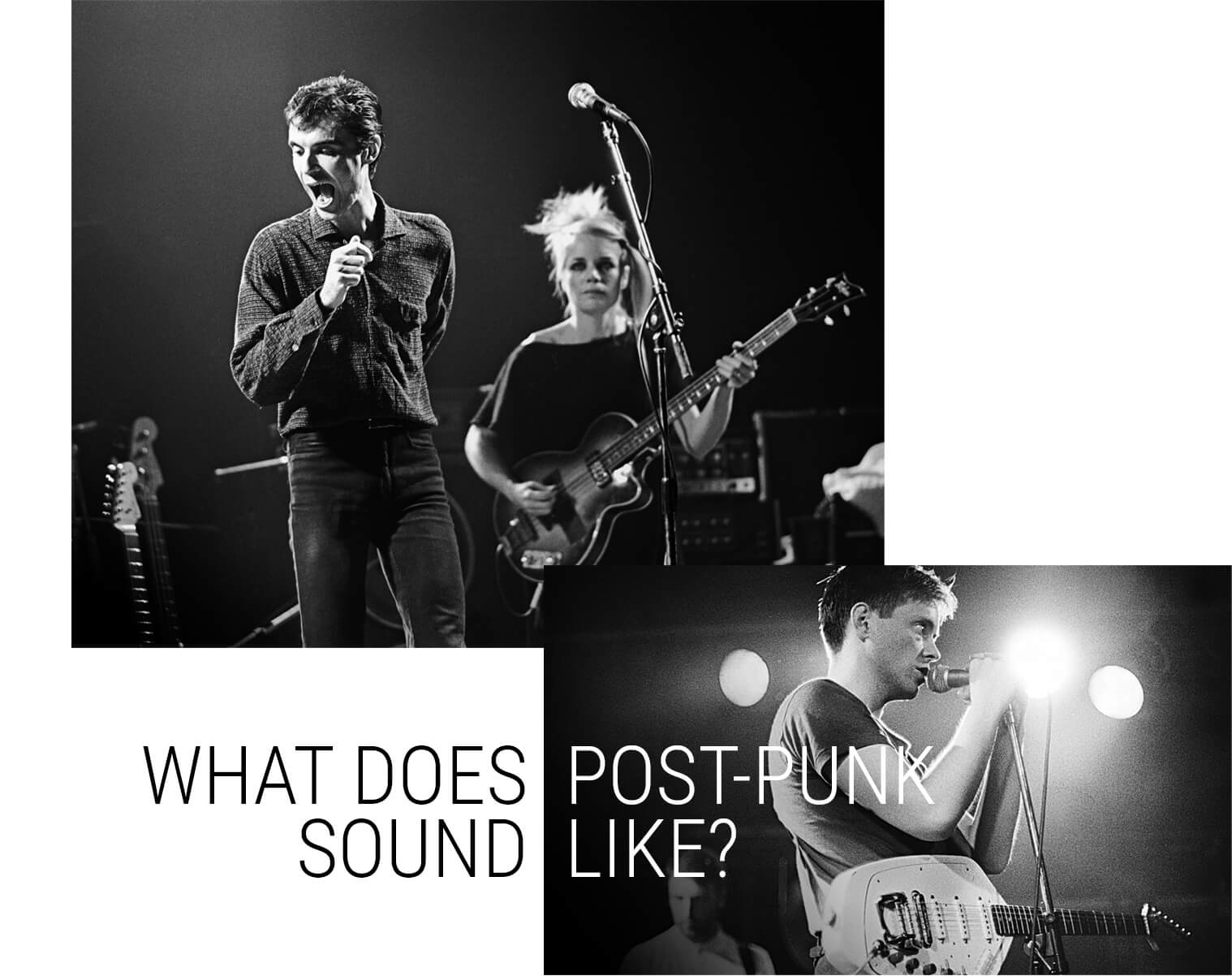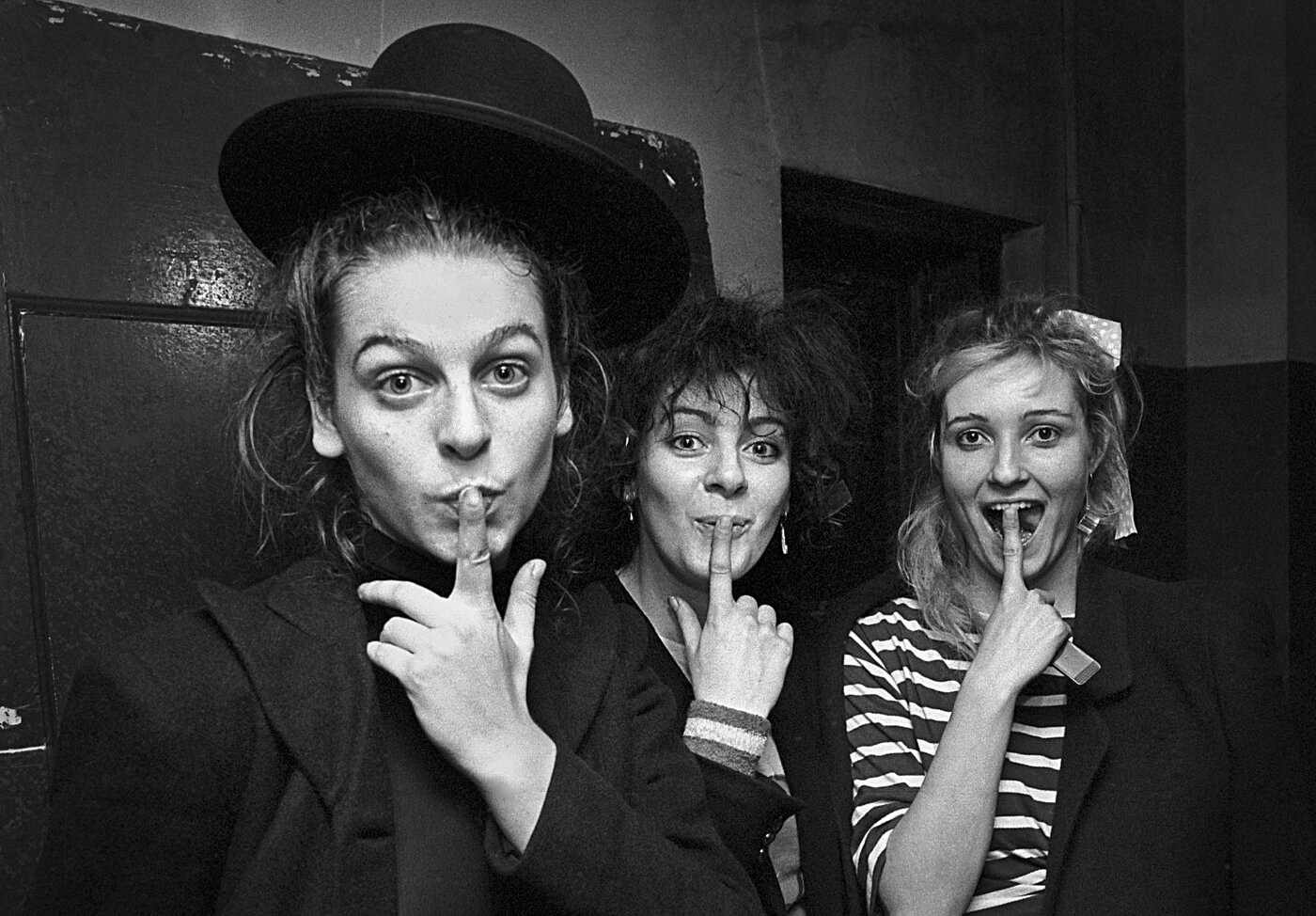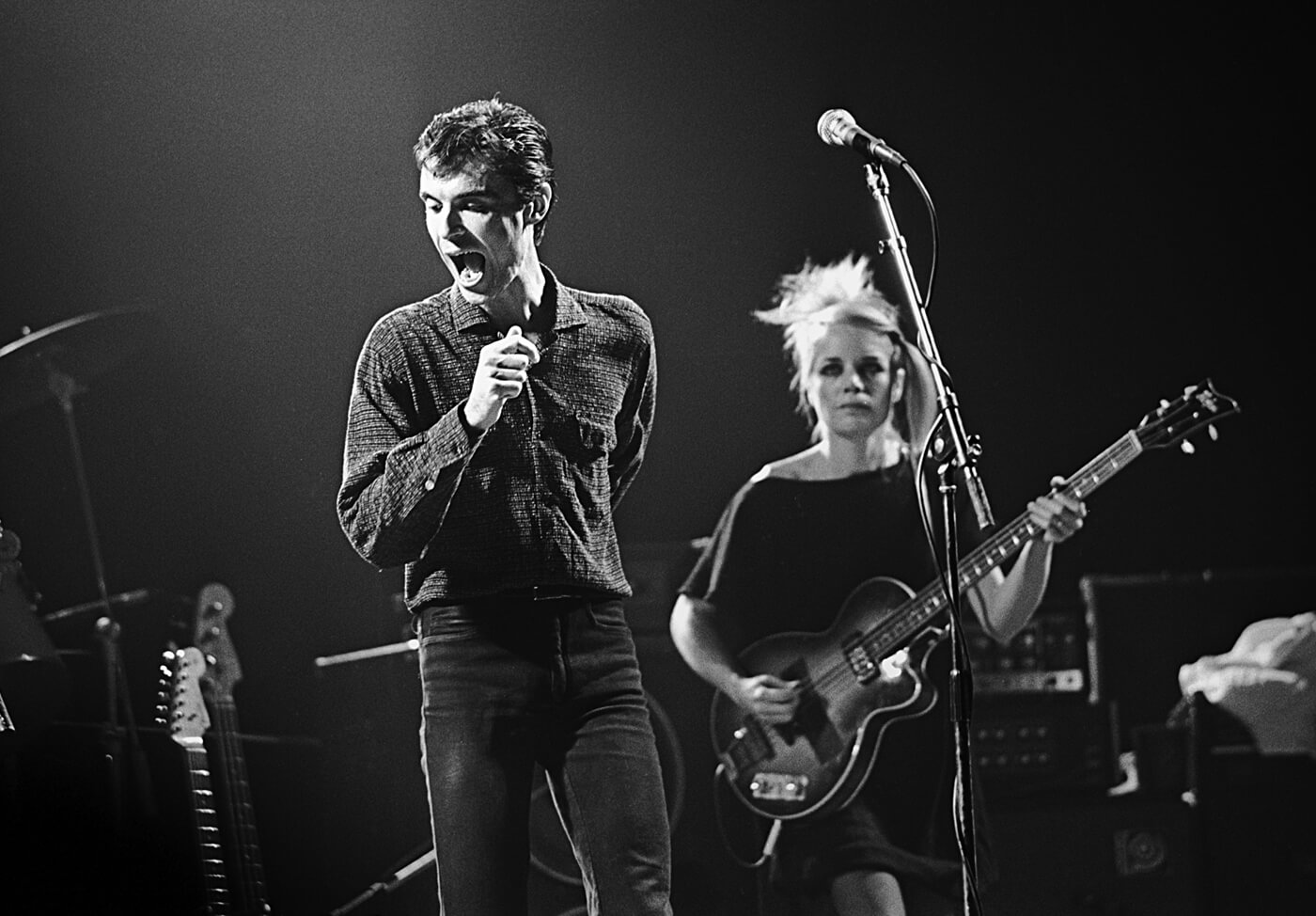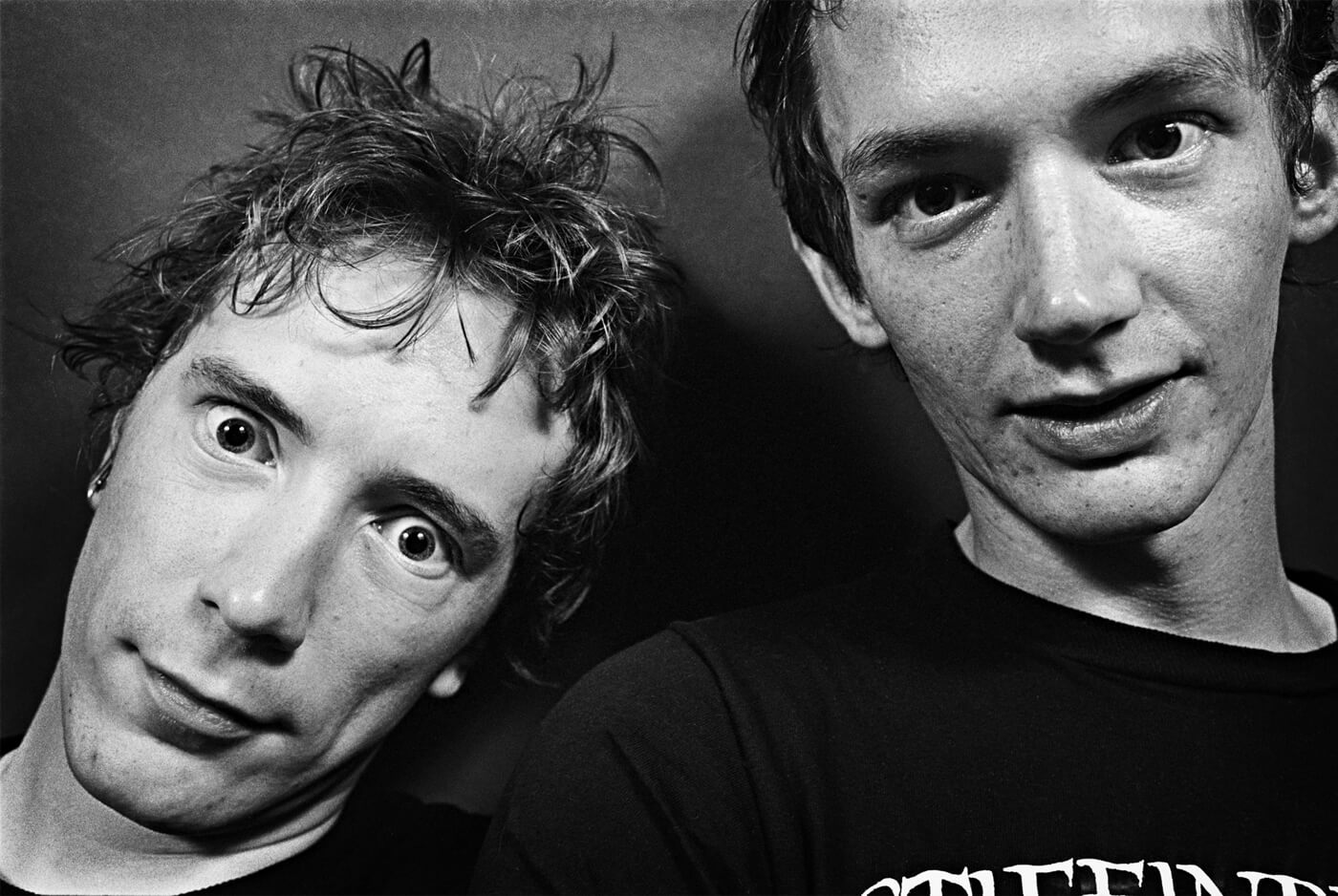Days of Punk
| Fashion
What Does Post-Punk Sound Like?
Posted by Michael Grecco

As the age of classic punk rock wound down in the late 1970s, a new genre dubbed post-punk rose to take its place. A breeding ground for musical innovation, post-punk delivered some of the most unique and interesting songs of the era. But what, exactly, is the quintessential post-punk sound? How would you recognize it if you heard it on the radio? Though it’s tough to nail down an answer, thanks to the genre’s eclectic nature, we’ll give it our best shot.

Generally speaking, post-punk has a more sophisticated sound than its predecessor. One of the central tenets of punk rock is that simplicity equals authenticity. Most post-punk artists didn’t hold with that idea. They were more experimental, more open to non-rock influences like reggae, dub, and even that much maligned villain, pop. As a result, many of their songs sound more structured and refined than pure punk, with intricate rhythms, dynamic bass lines, and ear-catching melodies. Think “Don’t You Want Me” by the Human League, or anything by the Police.

Post-punk bands were also a bit more free with their instrumentation than most classic punk rock bands. They often strayed from the old drums/bass/guitar formula, adding other instruments to fill out their sound. Synthesizers were especially popular, and could be used to achieve a variety of effects. Some, like Magazine, used them to create grand, glittering soundscapes fit for a space opera. Others, like Siouxsie and the Banshees, took a more gothic approach, embracing all of the synth’s eerie potential to produce songs that evoke derelict graveyards and mysterious hauntings.

Typical post-punk vocals are extremely varied, but they do all share one unifying feature; that feature is quirk. Ian Curtis’ deep, throaty croak, David Thomas’ strange, warbling yodel, John Lydon’s harsh, barking sprechgesang, and Ari Up’s sweet, strident yelp are all perfectly unique and perfectly post-punk.

As far as overall tone goes, most post-punk feels overcast—cool and shadowy—thanks to the prevalence of minor modes. A lot of it is surprisingly mellow in a gloomy sort of way. Cut-glass synths, trebly guitars, warped vocals, and an abundance of soft, shooshing cymbals blend together to create a heavy, hazy timbre that throbs like a bruise. Post-punk is an aged whiskey to punk rock’s moonshine— the latter beloved for its pure potency, the former appreciated for its complex flavor.

Now, we could go on for pages and pages listing exceptions, describing outliers, and explaining caveats, but we’ll leave it here for now. If you want to get up close and personal with post-punk greats like Siouxsie Sioux, New Order, the Slits, and more, order a copy of Michael Grecco’s punk rock photography book, Punk, Post Punk, New Wave: Onstage, Backstage, and In Your Face, or take a minute to browse his extensive portfolio of incredible punk rock prints today.

